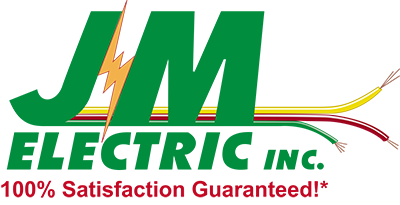The conditions existing in your homes are important to consider when you decide to grow indoor plants and flowers, to prevent them from suffering. The most important environmental factor for growing house plants is light. Interestingly, plants can grow even in areas that do not receive natural light, because natural light can be successfully replaced by artificial lighting designs.
Even if there is nothing like natural light, the truth is we will never have enough of it in your home or office, at least not the amount existing in the nurseries where the plants were grown before you bought them. The amount of light in a well-lit house is often less than 100ft-c (1076 lux), and the intensity decreases as we move away from the light source.
The necessary amount of light differs greatly from one plant species to another.
What are the best sources of artificial light?
The traditional incandescent bulbs were not good because they emitted a lot of red radiation but very little blue radiation and also produced a lot of heat. Fluorescent tubes are better light sources, but the radiation is not red enough for the needs of different plants. To eliminate this disadvantage, you can increase the exposure period. 16 hours of light and 8 hours of darkness would be satisfactory for most plants. A more intense lighting used for a shorter period of time is not as beneficial as the right amount of light used at the right time.
Get more lighting designs from electricians in Denver for professional installation.

